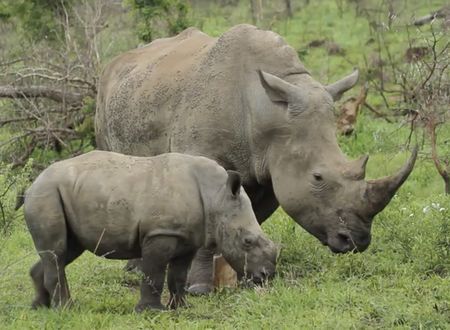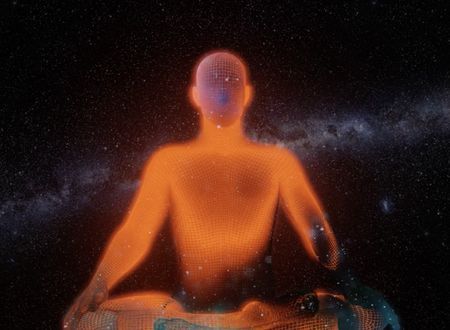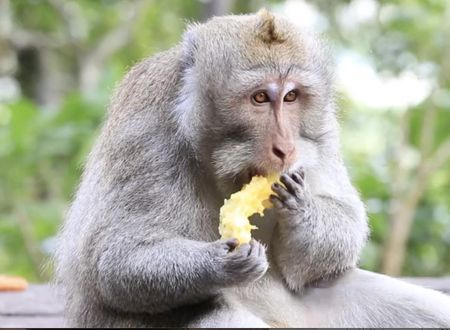
Hatred breeds violence and leaves pain in its wake. Our world has seen many of its ugly manifestations with deadly consequences. Quelling it is not easy. The hatred question keeps popping. How does one deal with deep-sunk hatred which is uninvited, brutal and fueled via say a raging movement? Think terrorist outfits like Al-Qaida or viral social media inspired toxic hate campaigns.
A good way would be through music, laughter and honesty, as per the real-life account reproduced below. Extracted from Adam Grant’s book ‘Think Again’, the story is slice of life and thought-provoking. The telling remark “How can you hate me when you don’t even know me?” inspired me to write this post. The story also has shades of meaning worth understanding.
This is a slightly long post and I hope it is worth your time. The story first –
One afternoon in Maryland in 1983, Daryl Davis arrived at a lounge to play the piano at a country music gig. It wasn’t his first time being the only Black man in the room. Before the night was out, it would be his first time having a conversation with a white supremacist.
After the show, an older white man in the audience walked up to Daryl and told him that he was astonished to see a Black musician play like Jerry Lee Lewis. Daryl replied that he and Lewis were, in fact, friends and that Lewis himself had acknowledged that his style was influenced by Black musicians. Although the man was sceptical, he invited Daryl to sit down for a drink.
Soon the man was admitting that he’d never had a drink with a Black person before. Eventually, he explained to Daryl why. He was a member of the Ku Klux Klan, the white supremacist hate group that had been murdering African Americans for over a century and had lynched a man just two years earlier.
If you found yourself sitting down with someone who hated you and all people who shared your skin colour, your instinctive options might be a fight, flight, or freeze—and rightfully so. Daryl had a different reaction: he burst out laughing. When the man pulled out his KKK membership card to show he wasn’t joking, Daryl returned to a question that had been on his mind since he was ten years old. In the late 1960s, he was marching in a Cub Scout parade when white spectators started throwing cans, rocks, and bottles at him. It was the first time he remembers facing overt racism, and although he could justifiably have gotten angry, he was bewildered: “How can you hate me when you don’t even know me?”
At the end of the conversation, the Klansman handed Daryl his phone number and asked if he would call him whenever he was playing locally. Daryl followed up, and the next month the man showed up with a bunch of his friends to see Daryl perform.
Over time a friendship grew, and the man ended up leaving the KKK. That was a turning point in Daryl’s life, too. It wasn’t long before Daryl was sitting down with Imperial Wizards and Grand Dragons—the Klan’s highest officers—to ask his question. Since then, Daryl has convinced many white supremacists to leave the KKK and abandon their hatred.
Now let me dissect the story to bring out understanding and assimilation. (Assimilation means absorption in common usage, but it is also defined as “the state of being assimilated; people of different backgrounds come to see themselves as part of a larger national family”).
- Darryl goes into the lounge being the only black musician in the room and in an era when racism was rampant (Unfortunately it still is!) What made him go to the bar? Courage? Activism? Faith in a higher force? What was Daryl thinking? What were his inner drivers?
- “Beautiful music is the art of the prophets that can calm the agitations of the soul; it is one of the most magnificent and delightful presents God has given us.“, said Martin Luther. Music follows gently after silence to soothe and heal. It was music that washed the white man’s soul as he broke tradition, to go against deeply held beliefs to congratulate the black musician. That Daryl’s performance reminded him of Jerry Lee Lewis (“rock n’ roll’s first great wild man and one of the most influential pianists of the 20th century.” – Wikipedia) and with Jerry himself influenced by black music was not merely a coincidence as it seems but a reality check, of us being different yet being part of a whole.
- Both Daryl and the KKK man consolidated their relationship with regular contact to build understanding by hearing each other out. Each may have had their own ideologies but it did not deter them to have empathetical and honest communication with each other.
- Daryl not only questioned racism and its ills from the outset but dared to grab the opportunity, the moment it presented itself, to confront and correct it. His friendship first with the KKK white man which became a movement to dispel black-white divide in America is truly a success story of how hatred can be defeated. (There is a deeper story beyond this on the internet where Daryl befriends a very influential KKK leader (Roger Kelly) who eventually quits KKK).
What other nuances can you derive from the Daryl Davis story? Let me know via the comments.
The story illustrates the need to accept other people as they are without any strings attached. If we can do that and persevere, the world will become a better place.
P.S. Related links
Daryl Davis boogie woogie piano at its best
TedTalk Klan We Talk? | Daryl Davis
Jerry Lee Lewis – Great Balls Of Fire!









Comments & Discussion
0 COMMENTS
Please login to read members' comments and participate in the discussion.